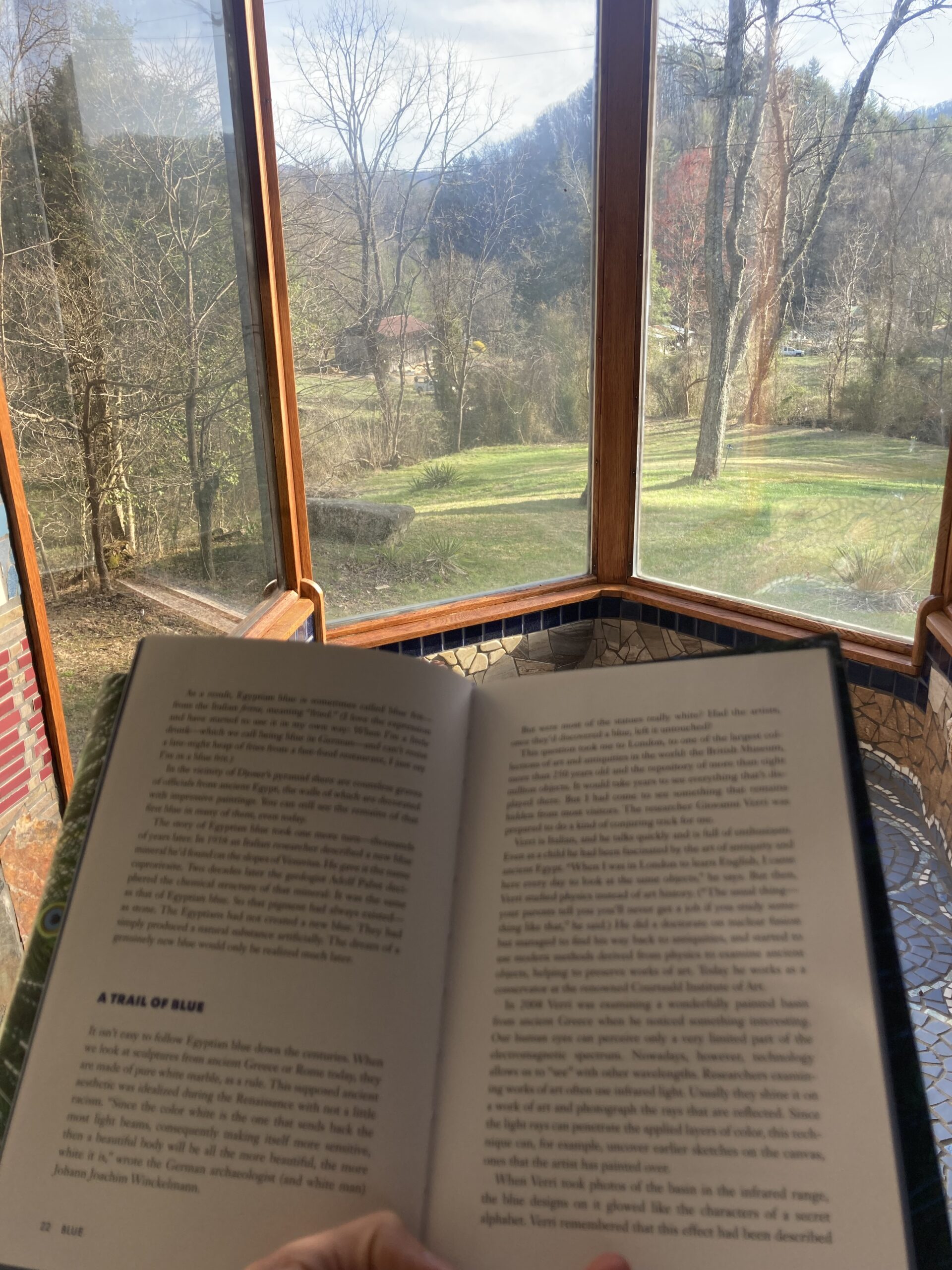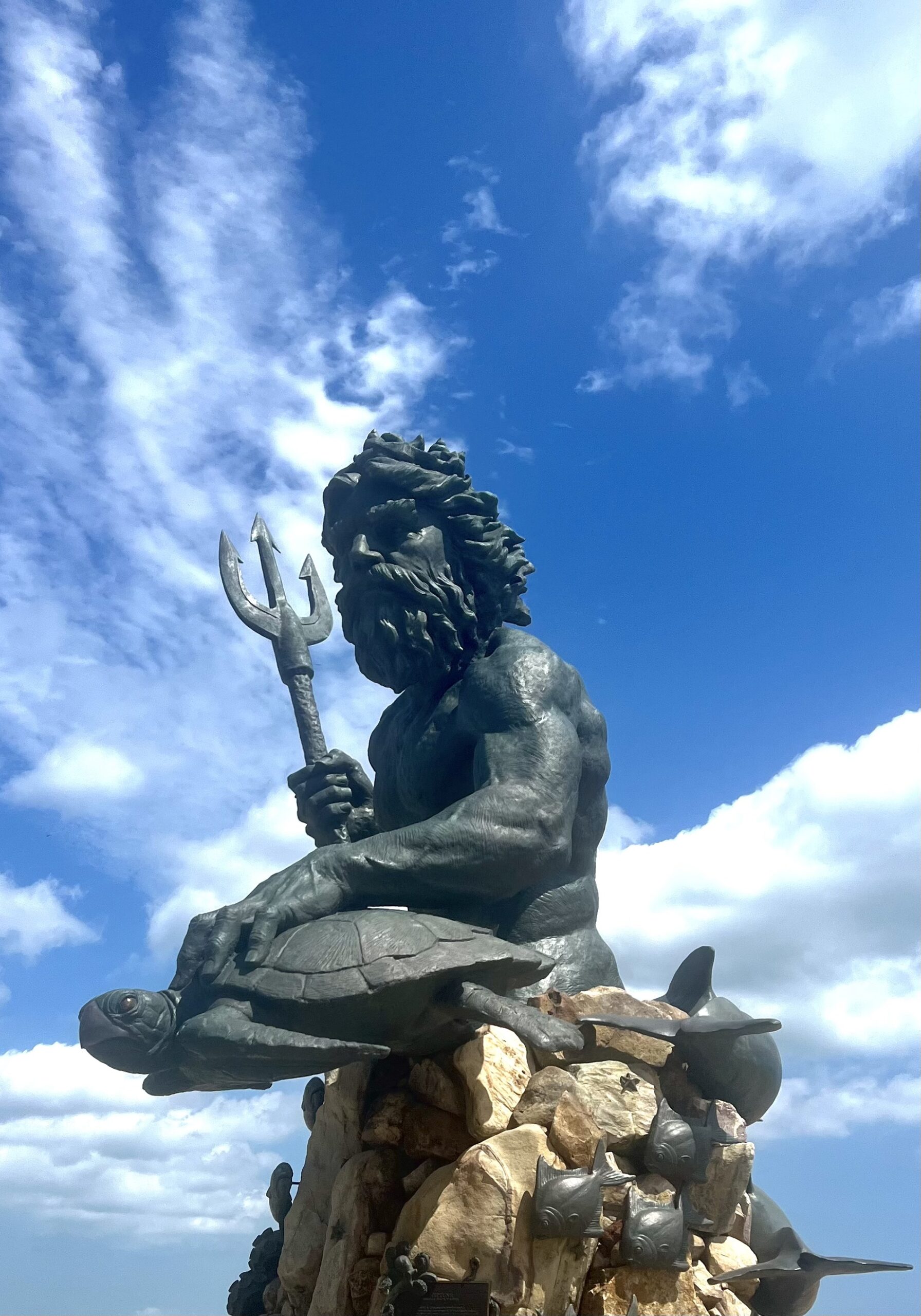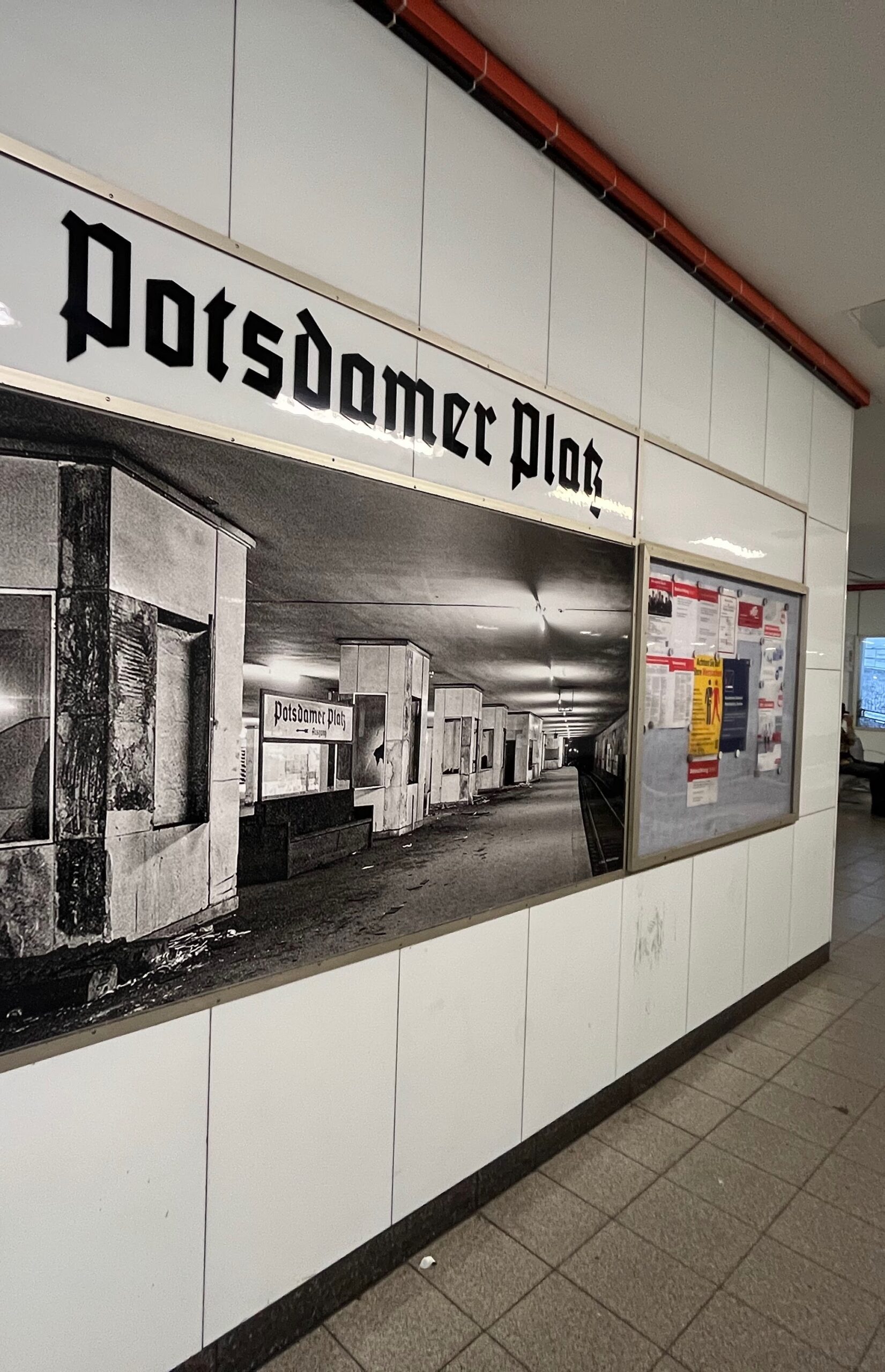New York City is too infinite to have a center, too hot-and-cold to locate its putative heart. But if one place can claim a measure of symbolism for the metropolis, it is City Hall and its adjoining park. Surrounded by Park Row, which once housed the legendary newspapers of James Gordon Bennett, Horace Greeley, Joseph Pulitzer, and William Randolph Hearst, and now plays host to more contemporary media via J&R’s Audio/Computer World, by that majestic cathedral skyscraper, the Woolworth Building, with its beige and taupe terra cotta cladding, by the muscular Municipal Building, a McKim, Mead and White wedding cake of Stalinist-architecture bulk, abutting the on-ramp to the Brooklyn Bridge, by the ghost of what was formerly Ellen’s Coffee Shop, run by an ex-Miss Subways, and by the masses of civil servants on lunch break, shoppers frequenting bargain discount outlets, and criminals paroled from a nearby jail, the Tombs, all strolling up Chambers Street—City Hall itself is both grace note and anomaly.
An 18th Century petit-palais built at the inception of the 19th (1803-1812), it stubbornly offers up its classical charms, looking nobly trim, without an ounce of imperial pomposity, its modest scale suggesting the perfect administrative headquarters for a city of, say, 200,000. There is something droll about this dollhouse structure, set amidst skyscrapers, continuing to serve as the command post for the Mayor and the City Council of 21st Century New York.
I remember the first time I saw City Hall. I was being honored there, along with other sixth graders, for my composition on fire prevention. At twelve, what did I care about fire prevention? I was a hack, like most early achievers, turning out facile prose for my masters. The call would come down from the Board of Education for an essay competition on some benign civic topic such as Brotherhood or the Four Freedoms, and I would oblige, usually to no avail. This time I got lucky. On a sunny June day I sat on a folding chair with the other district winners, all of us goody-goodies, and listened to the Fire Commissioner’s speech, and went up the City Hall steps to receive my Little Hot Spot silver medal. Then (I would like to imagine) I looked up at the graceful relic and my heart swelled with antiquarian pride and architectural ardor. But I know better.
You step back and think, “My God, it’s stood up well!” But this, you discover, is not the original façade: weather, air pollution and pigeon droppings had weakened the original soft marble surface to such an extent that, in the early 1950s, every stone, column, and capital carving had to be duplicated in sturdier materials—an amazing labor of love, testifying to the irreplaceable nature of this building in New York’s mythology. The interior, though also restored, is closer to its original character. And it is the interior that is really the dazzling part, with its twin spiral staircases drawing the eye upwards to the building’s Corinthian rotunda. Inside, all is curved, sinuous, coquettish, in contrast to the exterior’s bluff rectangular symmetry, so that the effect is of achieving the impossible: placing a round peg in a square hole.
Paul Morand, a French writer who wrote a fine travel book about the city, New York(1930), penned this chauvinistic appreciation of the building: “It is not false Louis XVI, as the Woolworth is false Gothic. The City Hall was erected at the beginning of the nineteenth century by Joseph Mangin, a French architect, in association with the Scotsman John McComb, Jr. (the Frenchman was evidently the artist, and the other the contractor, for this hall is so pure a taste that it can only be of French birth.) New York can laugh in turn at the false Renaissance style of the Hotel de Ville of Paris. The City Hall, the third building of its succession in New York, harbors great historic memories: here it was that Lafayette was received in triumph, and here a people filed before the corpse of the murdered Lincoln. Its style is authentic, from the curved ceilings, the graceful pillars, the lines of the dome, the primitive bareness of the vestibule, the classical feeling of the rotunda, to the galleries where the early magistrates of New York gaze in effigy on the visitor with all the majesty of English lord mayors.”
One tends to forget that New York is not so young; it is older than St. Petersburg. At times, as poet George Oppen has noted, “it seems the oldest city in the world.” But most of 17th and 18th century Manhattan has been destroyed, if not by fire than by the high cost of real estate, leaving City Hall as perhaps the oldest structure still functioning as it was originally intended (i.e., not retired to being a museum-house). A decade before it was built, around 1790, New York had lost its status as the young nation’s capitol to Washington, D.C. Freed from the stodgy atmosphere of national policy-making bureaucracy, it could develop an identity more intensely focused on mercantile and cultural interests, a more polyglot, speedy nature. The city fathers’ choice of Mangin and McComb’s sophisticated architectural contest entry for their final City Hall shows a certain awareness of and confidence in the destiny ahead.
City Hall was supposed to anchor the northernmost point of development, which is why the building faces south. The rear of the building was originally clad in brownstone, not marble, to save money, and, legend has it, because no one thought the city would ever extend any farther north, though I find this hard to believe: the grid plan of 1811 already called for rectangles to march up the length of Manhattan to Washington Heights and beyond. Today the City Hall seems to be perversely ignoring the majority of its constituents as it eyes the narrow bunion of land, the original Dutch colony of New Amsterdam, from which the city sprang. But in a sense, the building’s symmetry and siting marked the beginning of a more formal approach to town planning, and foretold the abandonment of the twisty New Amsterdam street layout for the geometric grid structure that New York would ultimately follow.
A century later, Henry James marveled in The American Scene (1907) that one can still go anywhere inside this City Hall, with an American confidence that “the public, the civic building is his very own.” He compared such “penetration” to the “romantic thrill” of “some assault of the dim seraglio, with the guards bribed, the eunochs drugged and one’s life carried in one’s hand.” In his own exploration, he “made so free with the majority of things” that he came “into the presence of the Representative of the highest office with which City Halls are associated….” Still, he worried, with characteristic Old World snobbery, whether such easy “penetralia” might rob the building of its impressiveness and prestige.
These days, your approach to City Hall, both outer steps and interior, is barred by a black wrought-iron fence and two sheds of either side of the building, containing metal detectors and presided over by a pair of armed policemen, who will direct you firmly away unless you are there on “official business,” or have registered with an official tour. Lamentable as seems this erosion of democratic access from James’s day, you would like to believe it is due to post-9/11 caution; but in fact, the area was first closed off paranoid-fashion to the public during Rudy Giuliani’s mayoralty, before the planes ever struck the World Trade Center. In any case, it is a pity that you can no longer even dawdle on the steps of the building: something significant has been lost to the public realm and to the public’s imagination. The twelve steps in front of City Hall retain their function as the place where mayors are sworn in, ceremonial speeches are made, distinguished visitors receive the key to the city, and heroes are awarded medals. In the past, political protests, uniformed picketers, garbage strikers, school decentralization battles, all came to roost here. The rallies are still permitted, with a permit, but protestors are no longer allowed to attract a crowd, so that they seem pathetically to be addressing themselves, bent on boosting their own morale, like the small contingent I see today, chanting “They say poverty wage!—We say union wage!” Meanwhile a young male lawyer in a grey suit, ignoring the protestors, and holding an attaché case, converses with a woman colleague, also in a woolen suit, chocolate brown, in the heat of summer, while their underlings, jacket-less but sporting ties, carry expandable folders crammed with legal papers. Just west, where the overflow crowd used to congregate, sits a parking lot for official cars. In other words, the space in front and to the side of City Hall, once allotted for civic congregation, has been chopped up and ceded to the powers that be. The fence-protected lawn also hosts tasteful modern sculpture, part of the Public Art Fund supported enthusiastically by the current mayor, Michael Bloomberg, which you can enjoy from a distance beyond the palings—this curated, professionally vetted artwork now having more right to City Hall’s proximity than the citizenry. It is only after you get beyond the zone directly surrounding City Hall and head south towards what remains of City Hall Park that the feeling of public space takes over again and experience something like the originally intended “commons.”
It is a pleasure to see how amicably the park is used by so many different types: office workers, vagrants, tourists, mothers with strollers. The formula seems so simple: if you want people to frequent a public space, all you need to do, as William H. Whyte sagely observed, is provide seats for them. City Hall Park has a plenitude of benches. The mature, fully-grown shade trees help immensely in providing a comfortable atmosphere. For public space to function as naturally and successfully as does City Hall Park, it takes an historic working city, a tolerable climate, and a habit of malingering. Chinese families cut through the park on their way to East Broadway and Chinatown; a troop of African-American children on a field trip pause in their march and spread over several benches; Hassidic Jews hurry to their destination. A middle-aged, chubby man in a Hawaiian shirt reads a tourist brochure to the Greek Islands. On the next bench a drunk lies sprawled, sleeping it off. Some Latino children splash ecstatically at the edge of the gorgeous, slender fountain that centers the park. Their mother yells “Get over here! Get over here!” They run to her side and submit to inspection. “Look at the way you look, and now we have to go on the train!”
The flower beds have been artfully planted. Still, the park has a ragged, scruffy look, it is never immaculate; the grass holds its share of wrappers, tissues, cellophane, coffee cup lids. A small price to play, perhaps, for popularity. With sounds of sirens, car alarms, Broadway and Brooklyn Bridge traffic swirling around, you can’t honestly call the park an oasis of tranquility. It’s something else again: a feast of urbanism, unapologetic.
I would be derelict in my duty as cicerone if I failed to mention another distinguished, albeit notorious building in City Hall Park, not far from our beloved landmark and far exceeding it in bulk. This is the Old New York County Courthouse, a handsome Victorian structure which took twenty years (1858-1878) to build, and provided the opportunity for enormous graft, kickbacks, and pocketing of public funds. Indeed, the Tweed Ring, a political machine under the control of William “Boss” Tweed, was said to have made off with $10 million out of the $14 million (in old dollars!) budgeted for construction. Despite the scandal attached to the edifice, it has inspired considerable attachment among architectural historians and New York City buffs; and was recently restored and converted into headquarters for the Board of Education. Tweed himself has been undergoing a rehabilitation of sorts by revisionist historians, who argue that the patronage system he presided over, however nepotistic and venal, at least gave many workingmen and new immigrants employment and the occasional, needed handout of food, clothing and burial expenses, in exchange for their votes.
So “this imperfect triangle of City Hall Park” (to quote the 1939 WPA Guide to New York City) can be read as an allegory, embodying the metropolis’s three basic types of democratic expression: a formally elected, representative democracy, as exemplified by the dignified self-containment of City Hall itself; a more corrupt (and what is more typically New York than corruption?) but approachable, direct access to power, symbolized by Tweed’s Courthouse; and finally, the Whitmanesque democratic spirit, characterized by the pedestrian flow and eye contact in the public spaces of this great city, where the people exercise their sovereign prerogatives of movement and leisure.
Phillip Lopate is the author of a dozen books, including Waterfront, Being With Children, Portrait of My Body, At the End of the Day, and Notes on Sontag. He has also edited The Art of the Personal Essay and American Movie Critics. He is a professor at Columbia University School of the Arts, where he directs the MFA nonfiction program, and he teaches at Bennington’s low-residency MFA program.



